Mafia 3 hands-on: 2K's crime saga goes full open world
Five hours with the long-awaited sequel.

I’m fond of the last two Mafia games. They used open world period settings as atmospheric backdrops to otherwise linear story-based games—much as LA Noire did. It was more about setting the scene than letting you go base-jumping (was that even a thing in the ‘50s?). Mafia 3 is a proper open world game, though, with a totally different structure to the other two. Set in 1968 in New Bordeaux, a fictional analogue of New Orleans, this is about upending the existing Italian American mob and taking the city for yourself, piece by piece.
You play as Lincoln Clay, who returns from the Vietnam War to his adopted family of Sammy and Ellis Robinson. Lincoln resumes a life of mid-to-heavy crime, until he gets on the wrong side of Mafia mega-bastard Sal Marcano, who executes a terrible revenge I won’t spoil here, in case you’re trying to go into the story fresh (I did, and I’m glad that was the case). Lincoln vows not just to take down Sal’s empire across New Bordeaux, but to build his own crime family on top of it. This narrative is framed like a documentary through high-end, convincing cutscenes (with just a hint of the old uncanny valley in some characters), told decades later by the people who were there, or through testimonies during a trial.
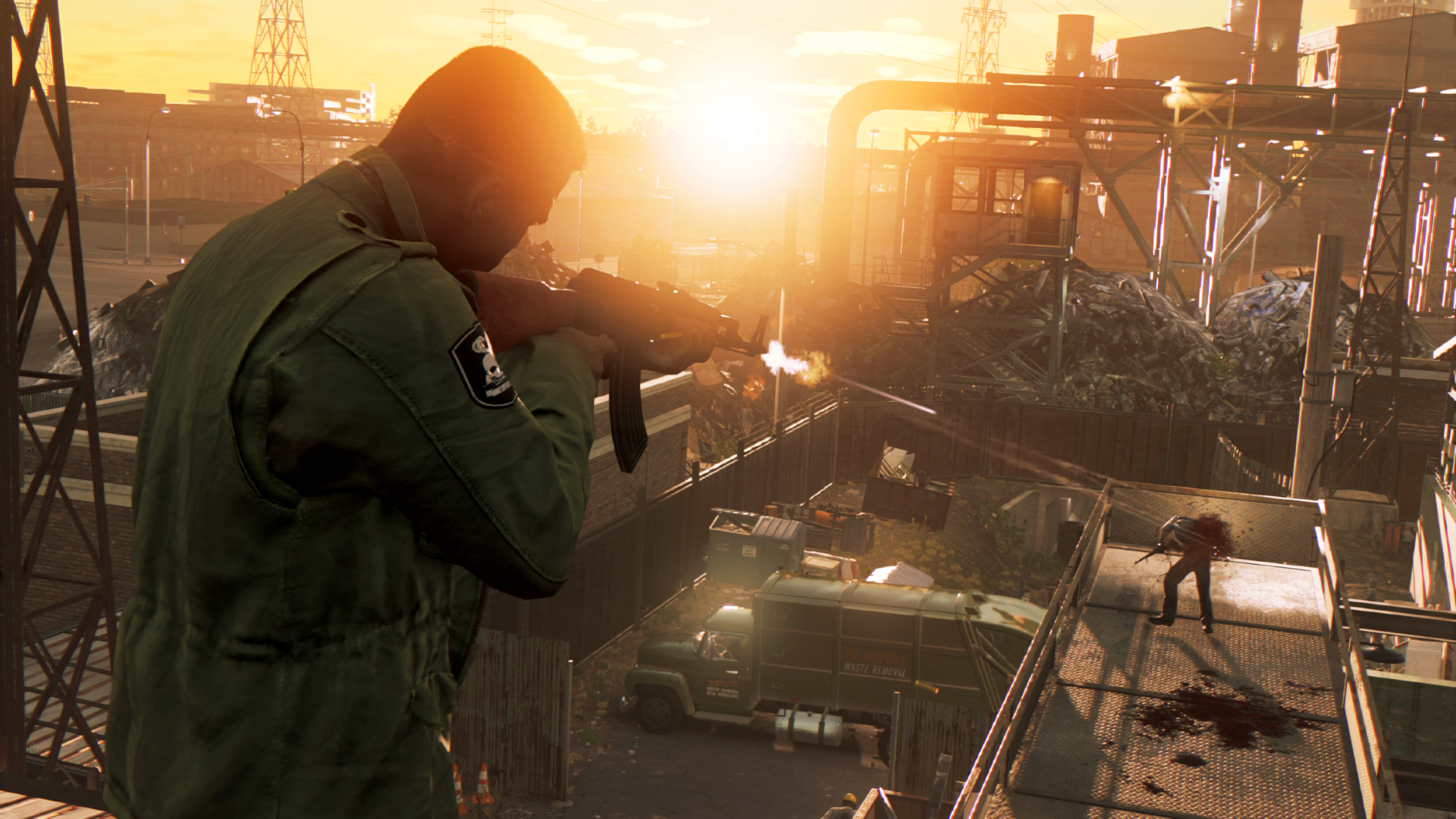
We’ve talked before about how rackets work in Mafia 3. For each racket, you’re given a certain amount of dollars you need to take out of a business in order to damage it. Once you’ve made that number tick down to zero by performing a number of tasks dotted around the open world—interrogate this guy, stealing money, take out this gang, investigate this place, free these people, that sort of thing—you’ll draw out a mob boss, a little like the Nemesis system in Shadow of Mordor. Deal with this guy and you’ll take the racket for yourself, which include prostitution, drugs and other assorted illegal activities. You can then assign your rackets to one of three underbosses who form your crime family: Haitian mob lieutenant Cassandra, Irish car specialist Burke and an older, exiled version of Vito Scaletta, pleasingly played by the same voice actor from Mafia 2.
“[Vito’s] a man who’s given his entire life to the Mafia, and I think he feels he’s never really received his just rewards for that,” writer (and former PC Gamer senior editor) Bill Harms tells me. “I think that’s part of the appeal when Lincoln comes to him and says, ‘look, I’m going to go after Sal and I want you to sign up for me.’”
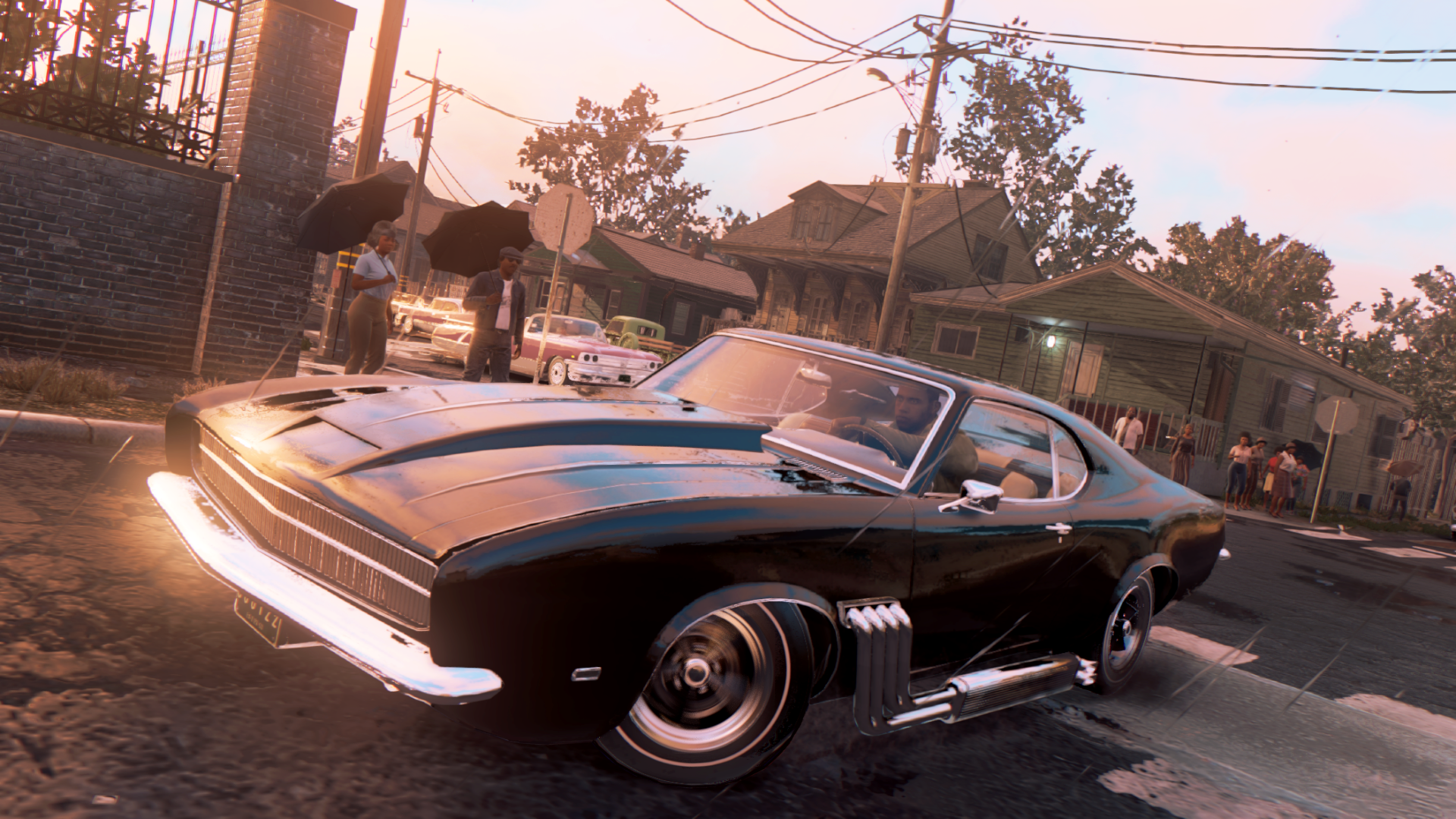
Assign rackets to your underlings, then, and you’ll start to unlock some cool bonuses. For example, one of my favourite tools is the Screaming Zemi, a noisemaker-like throwable item that Cassandra gives you early on. Keep assigning rackets to her throughout Mafia 3’s story and you’ll eventually unlock an exploding version of it—different underbosses grant specific new abilities. At the same time, if you show too much favouritism towards one boss over the others, they’ll revolt and you’ll have to sort them out. It’s also possible, given the necessary amount of time, that you can keep all three of them happy simultaneously.
While I didn’t really get much of a sense of how this system works during my extended hands-on—I spent a bit too much time enjoying the sights of New Bordeaux to reach that point—in theory it’s an interesting way to structure an open world game that gives you a certain amount of choice in how the story plays out (multiple endings will factor into this). Mafia 3 is by no means just about open world sidequests, though: there are plenty of more prescribed story missions set in bespoke, gorgeous interior locations as well. I’ve got some sense of what the structure will be—this will likely be a giant game. Our demo jumps from the prologue to about 20 hours in, where there still seems to be a payload of stuff left to go. It really is a different proposition to Mafia 2.
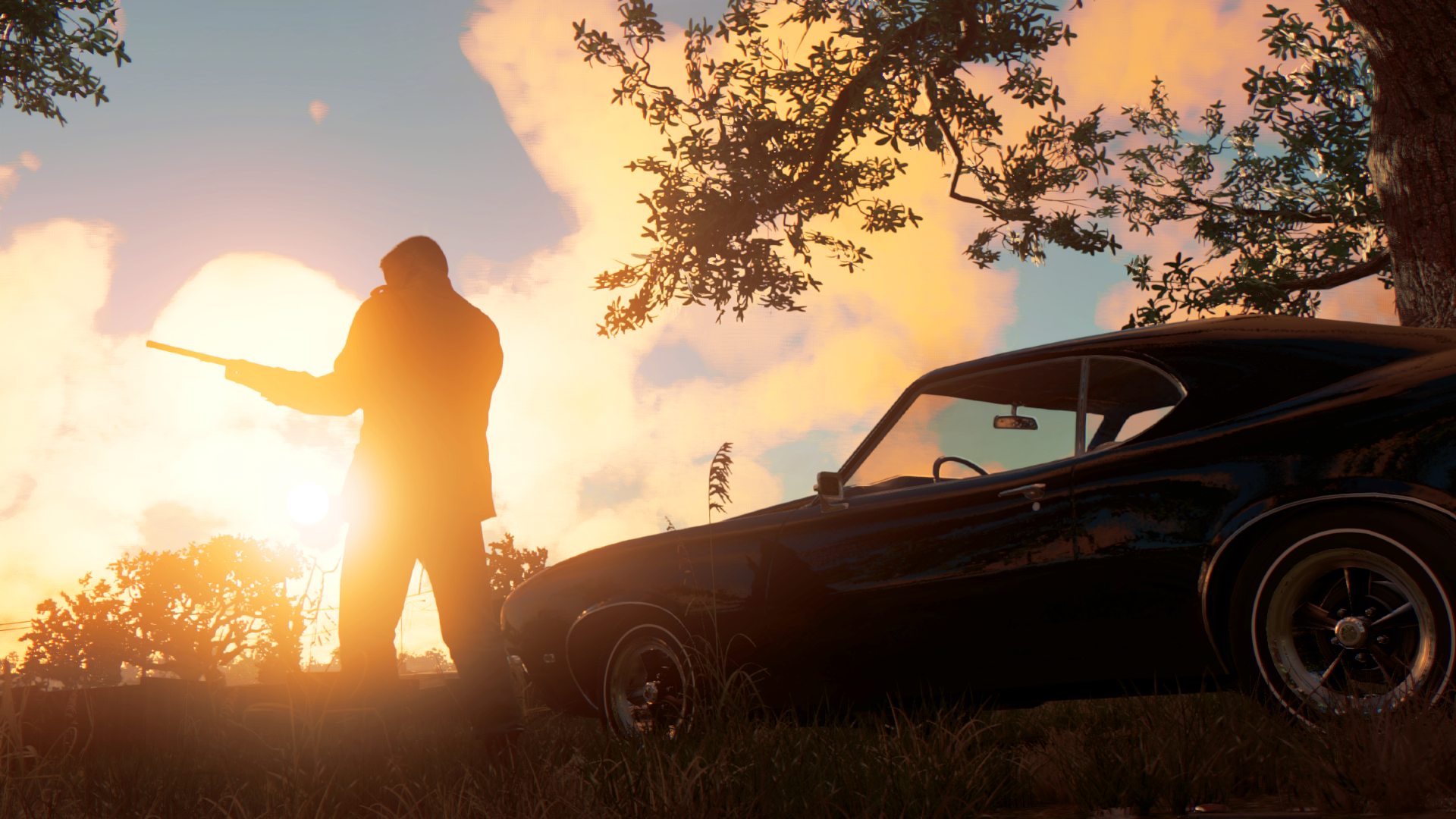
That extends to the ways you can play the game, too. If you want to stealth through Mafia 3, you can do that in the majority of the sections I played. What starts as a very simple takedown stealth system in the prologue soon gets a few neat wrinkles when you factor in the noisemaker, silenced weapons and remote explosives—it’s not MGSV in complexity, but it offers a nice breather from firefights. I really hope there are more stealth options they haven’t revealed yet, because it pretty quickly became my favourite way to play Mafia 3. Stay out of the enemies’ line of sight for long enough, and they’ll very quickly forget you were there—their ability to search you out is near psychic. This system requires some suspension of disbelief, particularly when combined with Lincoln’s Batman-like ability to see enemies through walls, but I like that it offers you another way to play outside of sitting in cover with a machine gun.
Keep up to date with the most important stories and the best deals, as picked by the PC Gamer team.
The gunplay itself is enjoyable, with chunky-feeling weapons and brutal kill animations, even if I’m not totally convinced by the AI yet. Your opponents move around a lot during a firefight, which often means they’ll successfully flank you, but it also means they leave themselves a little too open for an easy kill—it could use some tweaking to make these encounters feel challenging (this was on medium difficulty). On a granular note, too, the silenced pistol felt like the reticule was slightly too big for me to know when I was landing a headshot. Further tweaking of Mafia 3’s shooting can’t hurt in the run-up to release.
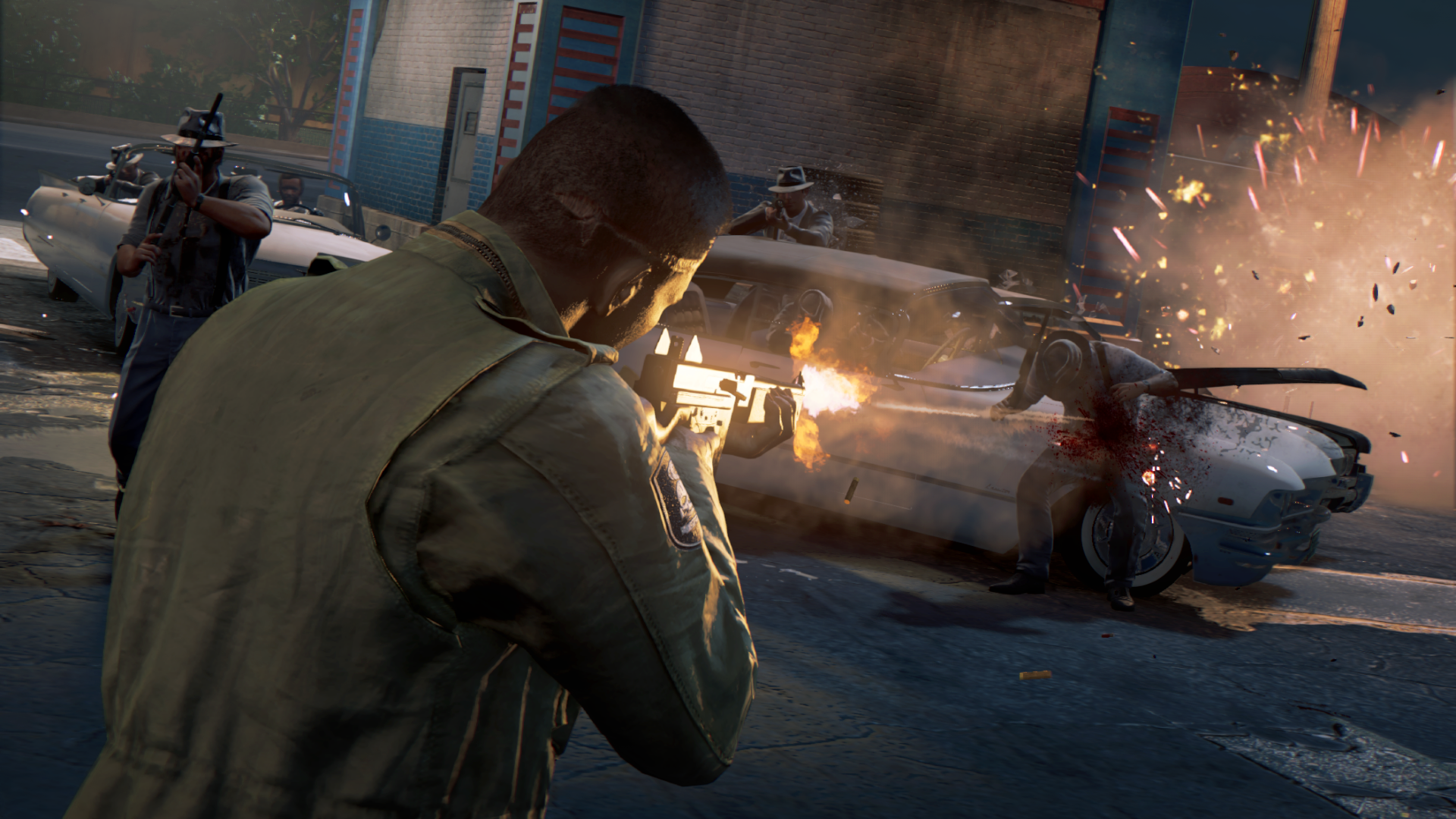
Lincoln also has underboss-based abilities he can use in combat, which are a lot of fun. Some are simply useful functions—Cassandra grants you a weapon van that’ll turn up and sell you increasingly better guns over the course of the game—but you can also call off the cops in a chase, summon a better vehicle, or, my personal favourite, call some hired goons to instantly help you in a firefight. That last one makes for some really intense, large-scale battles out in the open world, and I had a couple of shootouts where it was fun to watch them bail me out. Collectively, this slowly-building set of tools make Mafia 3 feel much more like an open world game than ever before, which it has to, assuming this is far bigger than the last one.
New Bordeaux is a gorgeous-looking backdrop, divided into ten districts (nine you can assign, and a tenth, the bayou). NPCs around the city will chat about current events in the game’s ‘60s timeframe, or New Orleans-focused references. It’s perhaps a bit contrived, but games so rarely attempt to do any world building like this that it ends up being somewhat effective at making this feel like a real setting. When the sun sets, it bathes the city in sepia. This environment, and how well it’s been brought to life, is by far my favourite part of my hands-on with the game. I can’t wait to go exploring again. Go south of the city into the swamp on a boat, and you’ll even seen alligators there, who'll attack you if you go for a swim. The city feels like far more than just window dressing this time.
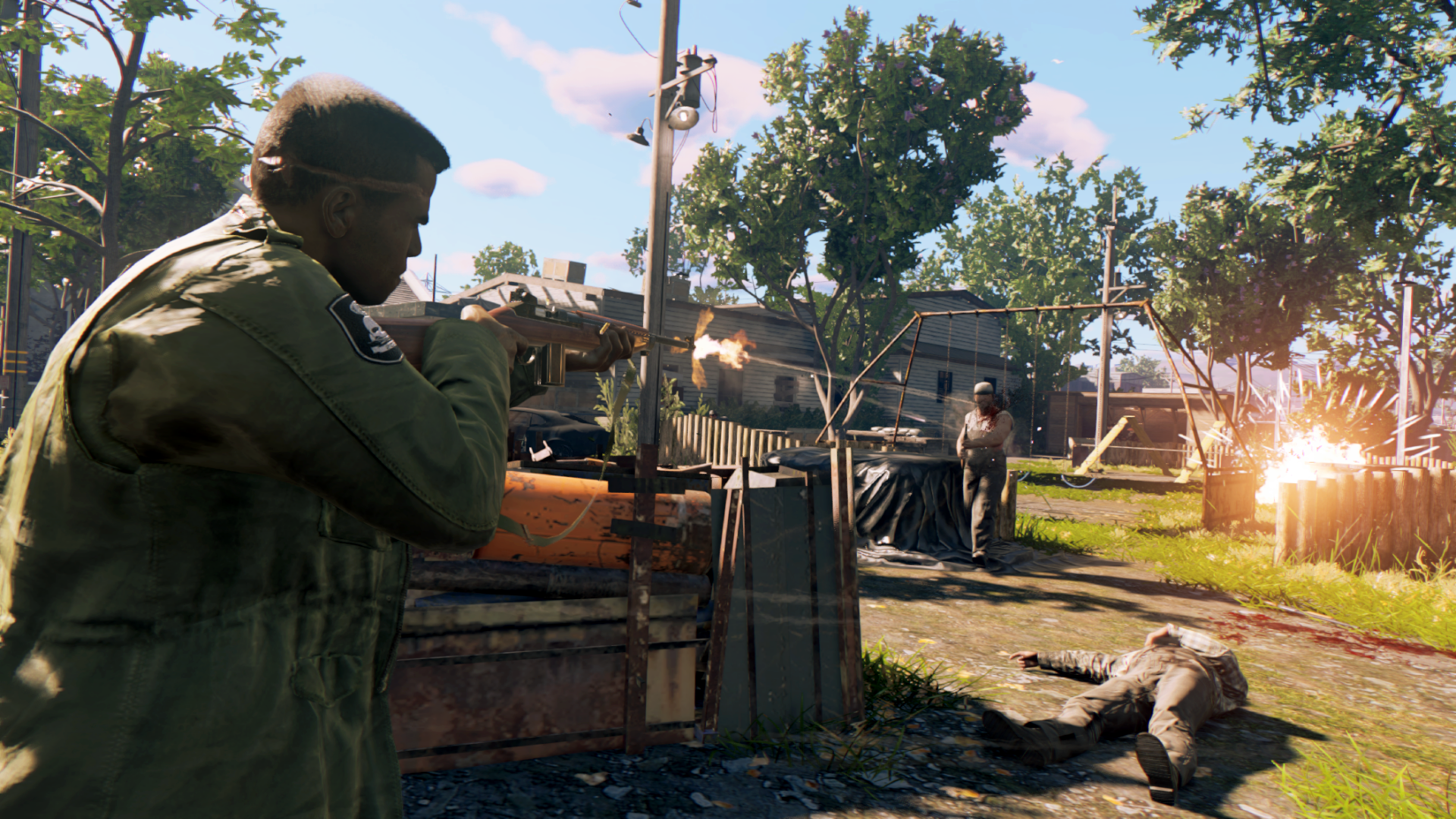
Mafia 3 is something very different to the last two games, then, but it still has a few things in common: it's a strong period piece, and the focus is still on telling a cinematic story about the mob, only in a less obvious timeframe. If you miss Mafia’s slow-ass, tricky-to-handle cars, too, you can switch on a simulation mode that makes it feel more like the old games—turns out, I missed that about the chases during my demo and left it on the entire time. I’m pleased they’ve broadened the combat options available, and I’m curious to see if the rackets can sustain a Mafia game into the tens of hours. With a few combat tweaks, this could be one of the more memorable open world games of the recent past.
For those curious about Mafia 3's graphics options, here are the general settings from the demo build: depth of field, FOV slider, vsync, ambient occlusion, motion blur, geometry detail, antialiasing, reflection quality, shadow quality, volumetric effects.


